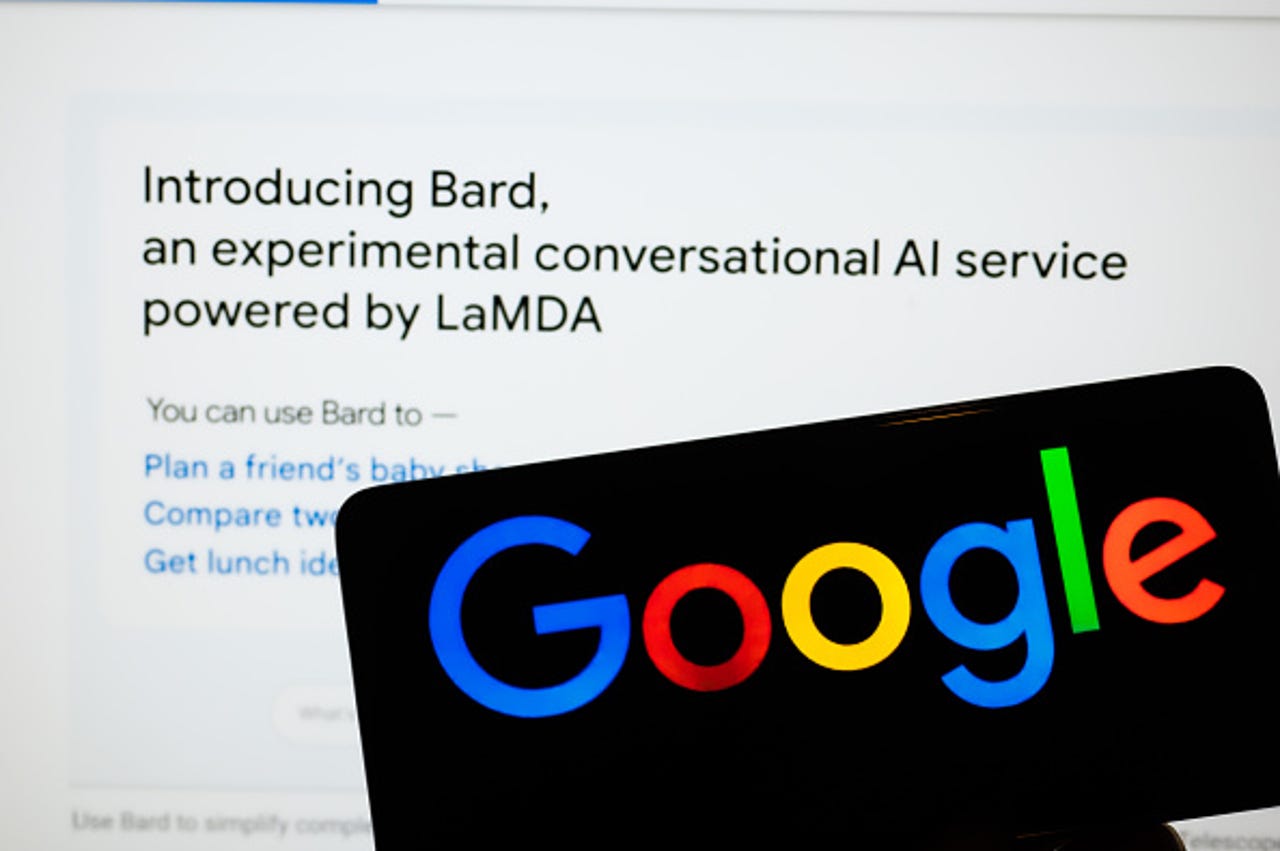'ZDNET Recommends': What exactly does it mean?
ZDNET's recommendations are based on many hours of testing, research, and comparison shopping. We gather data from the best available sources, including vendor and retailer listings as well as other relevant and independent reviews sites. And we pore over customer reviews to find out what matters to real people who already own and use the products and services we’re assessing.
When you click through from our site to a retailer and buy a product or service, we may earn affiliate commissions. This helps support our work, but does not affect what we cover or how, and it does not affect the price you pay. Neither ZDNET nor the author are compensated for these independent reviews. Indeed, we follow strict guidelines that ensure our editorial content is never influenced by advertisers.
ZDNET's editorial team writes on behalf of you, our reader. Our goal is to deliver the most accurate information and the most knowledgeable advice possible in order to help you make smarter buying decisions on tech gear and a wide array of products and services. Our editors thoroughly review and fact-check every article to ensure that our content meets the highest standards. If we have made an error or published misleading information, we will correct or clarify the article. If you see inaccuracies in our content, please report the mistake via this form.
Google's Bard waitlist is now open to the public. Here's how you can get on it



As the generative AI craze continues, Google Bard is ready to get a piece of the action. Users can now sign up for the experimental AI chat service's waitlist.
Also: What is Google Bard? Here's everything you need to know
Google Bard is meant to be an assistive AI chatbot. Similar to ChatGPT, Bard uses artificial intelligence to provide human-like conversational responses and advanced technical abilities such as editing and generating text when prompted by a user.
Bard can access Google's search engine, while ChatGPT has no internet access and has only been trained on information available up until 2021. Google Bard competes more directly with Bing Chat, Microsoft's new AI-powered Bing that uses GPT-4, OpenAI's most advanced large language model, and has access to the entirety of the web.
Also: ChatGPT vs. Bing Chat: Which AI chatbot should you use?
Bard uses its own large language model named Language Model for Dialogue Applications (LaMDA), instead of the GPT series, which is what most AI chatbots are using. Google Bard will first use a lightweight and optimized LaMDA version.
How to join the Google Bard waitlist
1. Visit the Google Bard page
To get started on how to use Google Bard, you'll want to visit the Google Bard homepage.
2. Click on "Join waitlist"
Once you arrive at the homepage, you will be greeted by the waitlist landing page, where you can learn more about what you can do when you use Google Bard, how it works, or join the waitlist.
Click on the blue Join waitlist button to get started.
3. Sign in to your Google account
If you're already signed into your Google account, it will take you straight to the next step. If you aren't, once you hit the Join waitlist button, you'll be prompted to either sign in or create a new Google account.
Users can't access Bard using Google Workspace accounts, so make sure to sign into your personal account.
4. Accept terms and join
After signing in, you will be brought to the final step where you can opt-in to receive emails about Bard and officially join the waitlist.
FAQ
Will Bard replace Google Search?
Google Bard and other AI chatbots, like Bing Chat and ChatGPT, certainly have the potential to replace search engines. These AI tools use information found on the web to provide answers to users' queries, but instead of giving them a list of websites where that answer may or may not be found, it gives them a straightforward, though not always accurate, answer in a conversational manner.
Also: Still waiting for Bing Chat access? Make sure you do these 4 things
Some people may use AI chatbots in place of a Google Search, especially since the added abilities of asking follow-up questions and generating text make it more functional for some use cases than a search engine.
When will I be able to access Google Bard?
Some people are granted access within 24 hours of joining the waitlist, while others wait days, maybe weeks. As demand for generative AI and Google's AI chatbot grows, the waitlist grows as well.
Does Bard provide inaccurate answers?
When Google Bard was announced in February, it faced scrutiny because of factual mistakes it made in its demo. Users have subsequently wondered whether Google's AI chatbot still continues to provide inaccurate or inappropriate responses and whether it can be trusted as some have come to trust other AI tools.
Also: I tested Google Bard. It was surprisingly bad
In response, in Tuesday's announcement, Google reiterated that Bard is an experiment capable of making mistakes.
Google wants users to provide feedback on their experiences to improve the LLM and propel it forward.